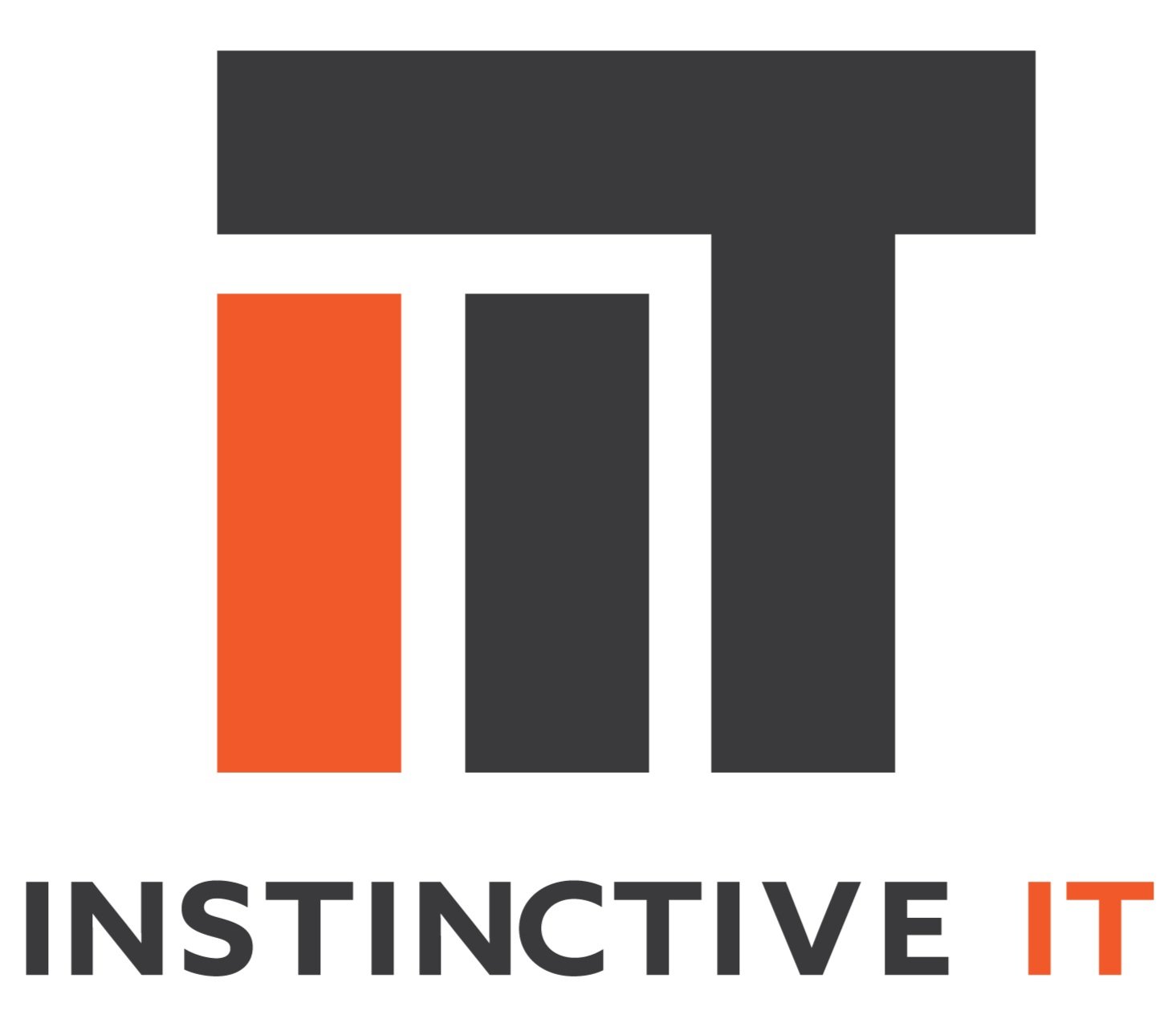The 6 Core Tenets to IT Maturity
These days, it’s unlikely to find an organization whose success doesn’t depend upon its IT landscape supporting its employees, customers, and even partners.
Expectations are rising across every industry and vertical, and with that companies must embrace the fact that their IT landscape is a strategic enabler. It will make or break the success of the business it is aligned with.
Your organization might be at the start of improving its IT maturity such as formulating strategic directives, implementing governance programs for nearshore IT outsourcing, or defining ways to augment your business operations with technology.
You may be further along your path to IT maturity; engaging in a cloud migration or cloud hosting services options, discovering how artificial intelligence can assist your efforts or well along in processes to improve software architecture.
No matter where you are at with your IT maturity, the fact remains that you want an edge on your competition. Forrester reports 92% of digital experience decision-makers in these companies seek the help of experts with experience guiding companies along this journey of discovery and change for years.
Maturity is a moving target, and with any moving target it is easy to become complacent after you reach that target state. To avoid complacency, here are The 6 core tenets to IT Maturity.
1. Governance
Without mature practices that involve your business in the decision making process, IT people, process, and technology efforts often lead to a poor ROI. We always start with reviewing governance. From having the proper vendor governance models in your nearshore IT outsourcing relationships, to aligning with the right IT consultants when driving change, or choosing the best managed hosting services. Business leadership should align to govern technology innovation, application and implementation.
2. Software Platforms
Software platforms provide a foundation for constant evolution & rapid innovation. Business units often times perceive the platforms and applications IT departments implement as the point of value that they provide. How your IT department and IT consulting teams decide how to architect, enhance, and support the software platforms will often have the greatest impact on the operations of the business.
3. System Integration
Often times very underrated, but ensuring that your modern software platforms are able to integrate seamlessly into your ecosystem is imperative. Proper system integration will mean less duplication of data entry and removing the process of needing manual synchronization of information from one system to another.
4. Data Integrity
Data is this century’s raw material and most valuable asset to continual IT maturity because it is essential to every business to operate efficiently. If you don’t have a trustworthy way to manage and view data, this should be your first priority. With data informing the organizations decisions both internally and partner/customer facing, it will be reflected upon in performance.
5. Software Architecture
Having a sound software architecture will determine your organizations agility and stability. With the complexity of the ecosystem rising and technologists having to engage in multiple work streams to keep up with business demands and continually changing market conditions, how your software architecture is adopted and maintained will be a key factor in how efficiently these changes can be made without disrupting ongoing business operations and ultimately lead to more agile and stable technology operations.
6. Hardware Infrastructure
The underappreciated hardware infrastructure may be often times unseen, but when hardware infrastructure fails it can leave a devastating impact on business operations. Ensuring you have a resilient, recoverable, and stable hardware infrastructure provides the background for your technology security, resiliency, and scalability.
These core tenets to your IT maturity can be assessed in several different ways. Most familiar are the levels defined in CMMI (Capability Maturity Model Integration), which include: Initial, Managed, Defined, Quantitatively Managed, and Optimizing. Generally, CMMI is focused on the software development process, but can easily be characterized to show that they provide a sense of growth and maturity. This assessment is meant to provide a baseline for continuous innovation and define strategic and tactical success.
Mature IT organizations recognize the value in continually innovating and optimizing technology to drive their business to outpace competition. Your company doesn’t simply need to migrate to the cloud, update their software architecture, or bring on IT outsourcing; you need a true partner that understands your requirements and operating model in order to allow you to grow your business and show ROI. By understanding the challenges and desires of stakeholders, Instinctive IT will help formulate the right strategy and build a complete roadmap across all areas of your IT organization.


